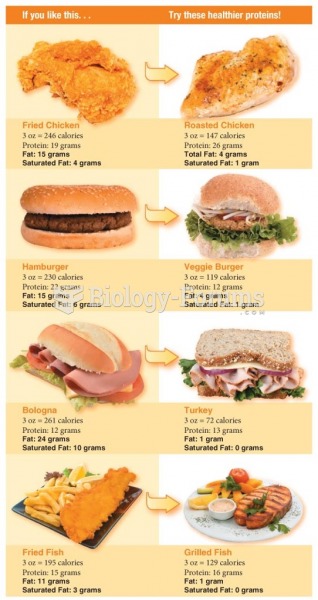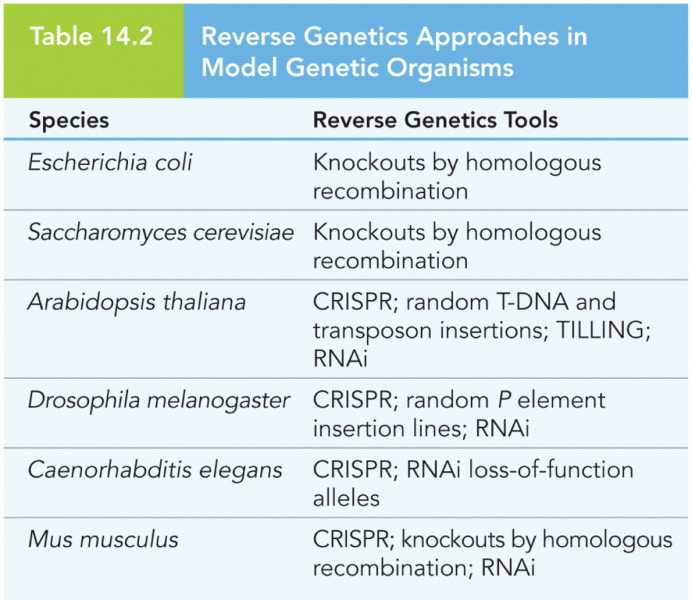Answer to Question 1
Not all problems can be framed in the mathematical manner that genetic algorithms demand.
Development of a genetic algorithm and interpretation of the results require an expert who has both the programming and statistical/mathematical skills demanded by the genetic algorithm technology in use.
It is known that in a few situations the genes from a few comparatively highly fit (but not optimal) individuals may come to dominate the population, causing it to converge on a local maximum. When the population has converged, the ability of the genetic algorithm to continue to search for better solutions is effectively eliminated.
Most genetic algorithms rely on random-number generators that produce different results each time the model runs. Although there is likely to be a high degree of consistency among the runs, they may vary.
Locating good variables that work for a particular problem is difficult. Obtaining the data to populate the variables is equally demanding.
Selecting methods by which to evolve the system requires thought and evaluation. If the range of possible solutions is small, a genetic algorithm will converge too quickly on a solution. When evolution proceeds too quickly, thereby altering good solutions too quickly, the results may miss the optimum solution.
Answer to Question 2
Market and economic pressures, societal pressures, and technological pressures are the three major business pressure categories. Market and economic pressure examples include strong competition; global economy; regional trade agreements; extremely low labor costs in other countries; frequent and significant changes in markets; political and government; and increased power of consumers. Examples of societal pressures include the changing nature of the workforce, government deregulation, compliance, shrinking government subsidiaries, increased importance of ethical and legal issues, increased social responsibility of organizations, rapid political changes, and terrorism. Examples of technological pressures include increasing innovations and new technologies, rapid technological obsolescence, increased information overload, and rapid decline in technology cost versus labor cost.







